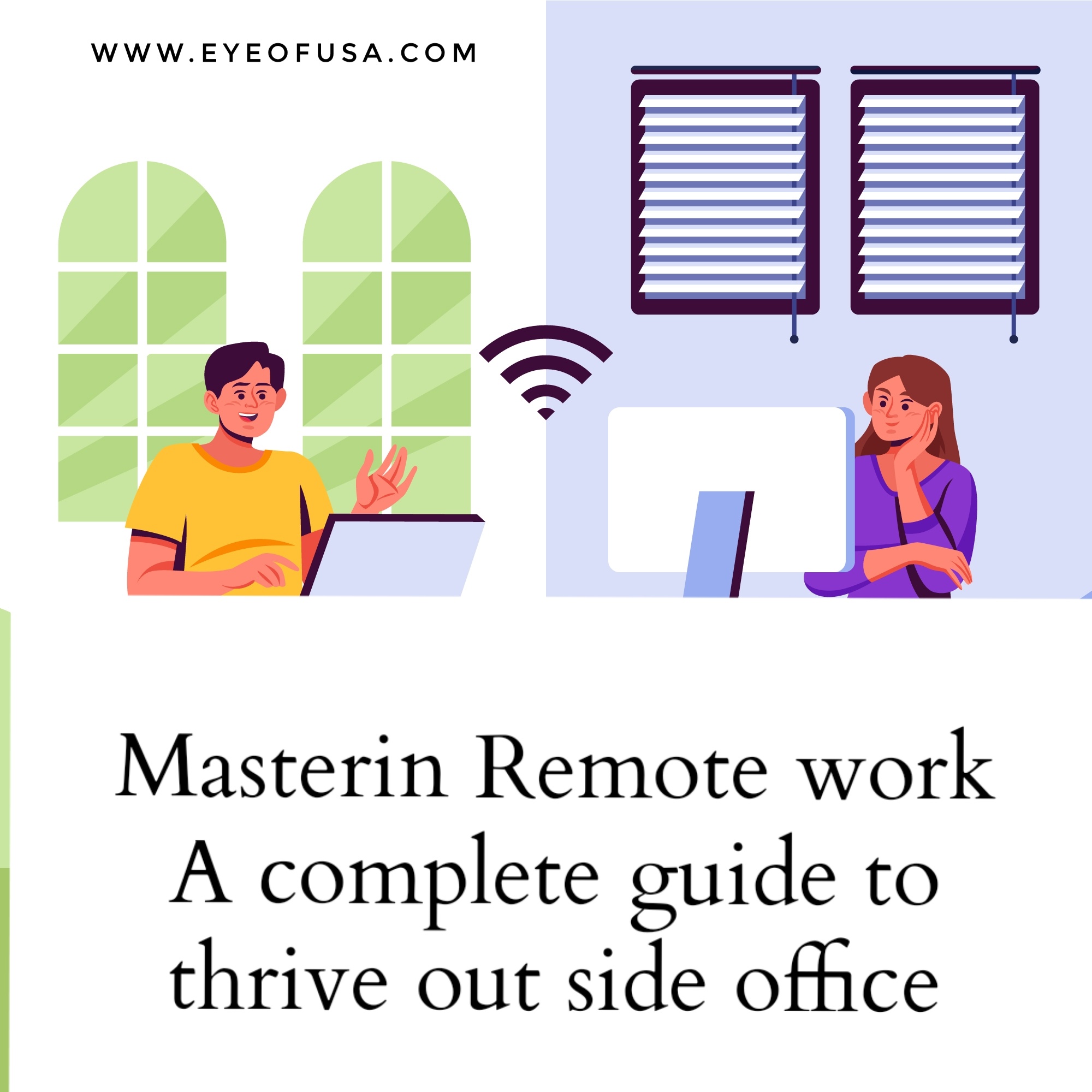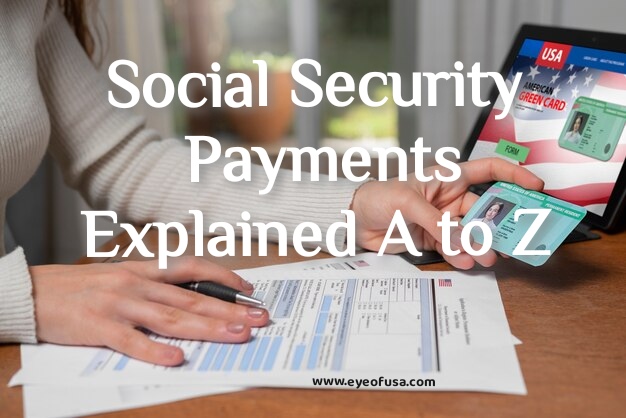
Liberty Mutual Customer Service: A Complete Guide to Hassle-Free Insurance Support
What Makes Liberty Mutual Customer Service Exceptional?
Liberty Mutual’s customer service stands out for its accessibility and reliability. Whether you prefer phone support, online chat, or self-service tools, they provide a variety of ways to meet your needs. Here’s why customers trust them:
24/7 Claims Support: Emergencies can happen anytime, and Liberty Mutual is always ready to assist.
Multiple Contact Options: Choose the method that suits you best—phone, email, chat, or the mobile app.
Policyholder-Centric Approach: Solutions are tailored to your specific insurance needs.
How Do I Contact Liberty Mutual Customer Service?
Reaching Liberty Mutual’s customer service is easy and flexible. Here’s how:
- Phone: Call 1-800-290-8711 for immediate assistance.
- Online Chat: Use their live chat feature for quick answers in real time.
- Mobile App: The Liberty Mutual app allows you to manage your policy and contact support instantly.
- Email: Submit your queries through their official website’s contact form.
Pro Tip: For faster service, try reaching out early in the morning or late in the evening to avoid peak call times.
What Services Does Liberty Mutual Customer Support Provide?
Liberty Mutual’s customer support covers a wide range of services, ensuring you’re never left in the dark:
Policy Assistance: Get clarity on your coverage, renewal options, or add-ons.
Claims Management: File and track claims with step-by-step guidance.
Billing Support: Resolve payment issues or set up automatic billing.
Roadside Assistance: Available 24/7 for auto policyholders needing emergency help.
What Do Customers Think of Liberty Mutual’s Service?
Customer feedback paints a clear picture of Liberty Mutual’s strengths and areas for improvement:
Positive Feedback: Customers frequently highlight their quick responses and knowledgeable agents.
Challenges: Some reviews mention occasional delays in claims processing or longer-than-expected wait times during peak hours.
How to Make the Most of Your Experience:
Keep your policy number handy for faster assistance.
Leverage the mobile app for self-service options like billing and claim updates.
Tqips for Seamless Customer Service

Follow these strategies to ensure a smooth experience with Liberty Mutual:
- Be Prepared: Have your policy details, claim number, and any relevant documents ready before contacting support.
- Use Digital Tools: The Liberty Mutual app and website provide quick access to resources without the need for a call.
- Stay Persistent: If your issue isn’t resolved, politely request escalation to a supervisor for better results.
Common Customer Service Issues and Solutions
Even the best support teams face occasional challenges. Here’s how Liberty Mutual addresses common problems:
- Difficulty Reaching Agents:
Solution: Use live chat on the website or the app for faster communication. - Claims Delays:
Solution: Regularly follow up and document all interactions for accountability. - Billing Errors:
Solution: Review your payment history online and contact billing support for clarification.
Why Choose Liberty Mutual for Insurance?
Liberty Mutual is trusted by millions because of its comprehensive coverage options and excellent customer service. Their commitment to transparency and accessibility makes them a top choice for insurance buyers.
Key Benefits:
24/7 claims support for emergencies.
Digital tools for easy policy management.
Personalized assistance that prioritizes your needs.
Frequently Asked Questions (FAQs)
Q: How long does Liberty Mutual take to process claims?
A: Most claims are processed within 30 days, but timelines vary based on the complexity of the case.
Q: Can I manage my Liberty Mutual policy online?
A: Yes, Liberty Mutual offers a user-friendly app and website to handle everything from payments to policy updates.
Q: Does Liberty Mutual provide roadside assistance?
A: Yes, if you have an auto policy with Liberty Mutual, roadside assistance is available 24/7 for towing, jump-starts, and more.
Final Thoughts: Simplifying Insurance with Liberty Mutual
Liberty Mutual is dedicated to ensuring a positive experience for every customer. Their accessible support options, knowledgeable representatives, and easy-to-use digital tools make them a standout choice for insurance.
At www.EyeofUSA.com, we’re committed to providing reliable information to help you navigate the world of insurance. Whether you’re considering Liberty Mutual or already a policyholder, their customer service is there to make life easier.

























